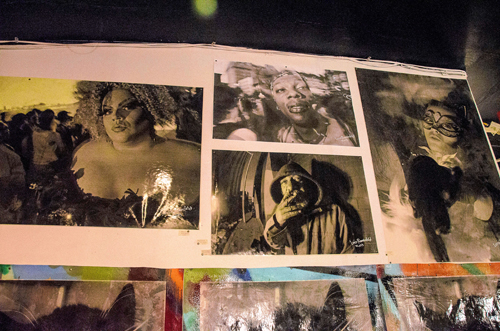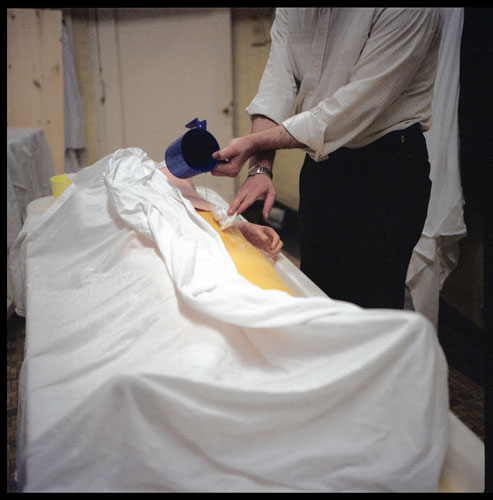Red Hook’s interim flood protection measures just got a face lift, courtesy of the young artists at the Red Hook Community Justice Center.
The plain temporary flood barriers around the Atlantic Basin are now hung with photographs taken by ten local students who participated in the center’s “Just Cause Arts” program last spring. The three-month program is aimed at helping young people develop their skills and creativity while photographing their lives and communities.
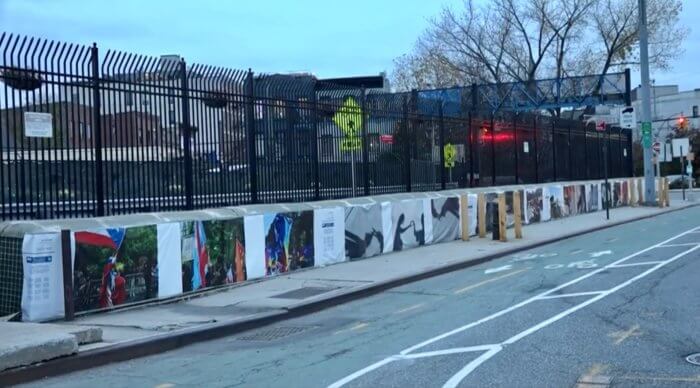
“We are thrilled to partner with the Red Hook Community Justice Center to showcase the photography of these extremely talented young students,” said NYC Emergency Management Commissioner Zach Iscol in a statement. “Ten years ago, the Red Hook community was severely impacted by Hurricane Sandy, and I am so proud of these youth for using their artistic abilities to illustrate the resiliency of our city, while educating themselves and others about the mitigation measures New York City uses to protect our communities from future storm surges.”
A decade ago, Hurricane Sandy devastated Red Hook — the neighborhood is surrounded by water on three sides, and storm surges covered most of the area with up to ten feet of water. In many homes, businesses, and community buildings, repairs are still not finished.
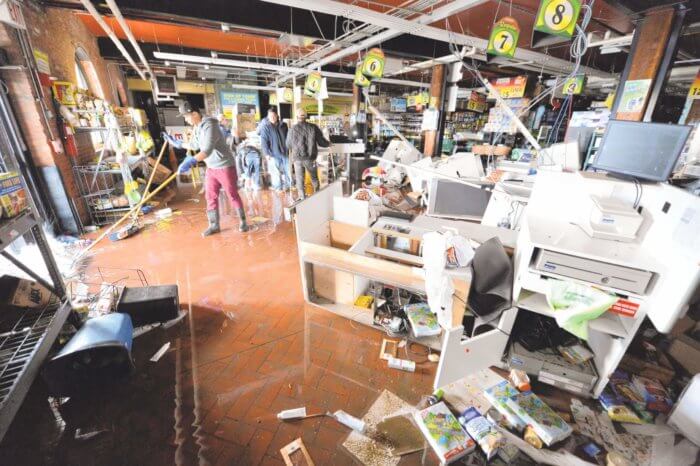
And Sandy wasn’t the end of major storms in Red Hook. The low-lying nabe is very prone to flooding in future storms, especially as climate change makes them more numerous and more severe. To protect the neighborhood as the city works on developing permanent flood protection, OEM installed over 4,000 linear feet of Interim Flood Protection Measures around the Atlantic Basin.
In Red Hook, those interim protections include HESCO barriers — large cubes filled with compacted sand, which stand at the ready in vulnerable areas all year round — and “Tiger Dams,” huge, flexible orange tubes that can be filled with water in the hours before a storm hits to serve as emergency flood walls.
Sandy has left a lasting legacy in Red Hook, which is home to the largest public housing development in the city and plenty of youth-centered organizations, including the Red Hook Community Justice Center, an all-in-one court system that focuses on ensuring people get the help they really need — medical care, social services, rehabilitation — rather than simply sending them to jail.
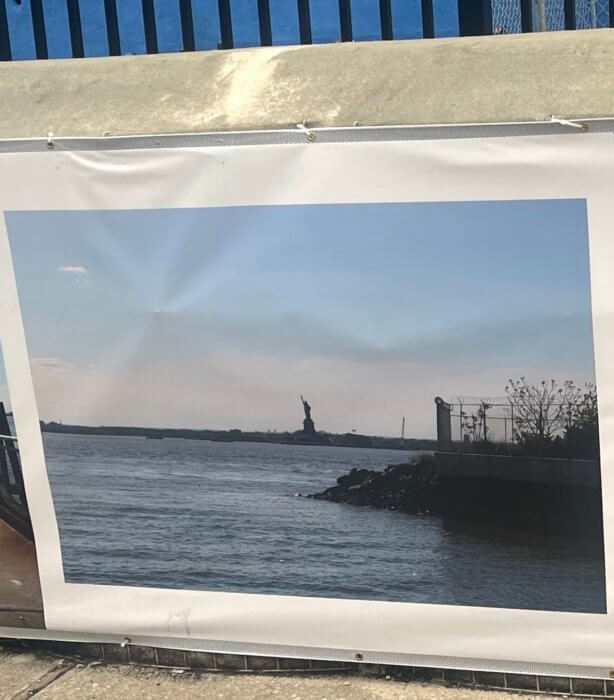
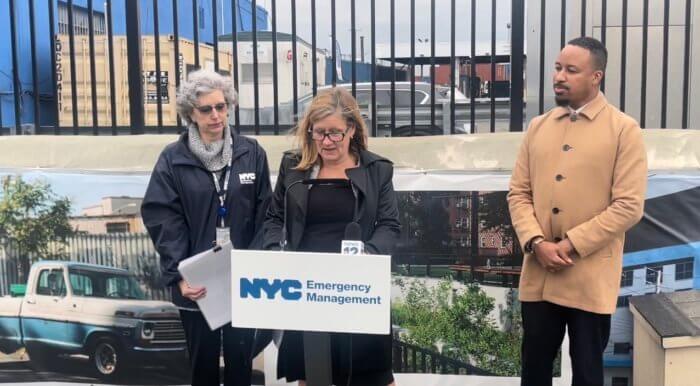
The center also hosts plenty of community programs to make connections with the nabe, especially its young people — including the Just Cause Arts program.
“The Red Hook community was devastated when Hurricane Sandy ravaged the state of New York and our respective communities,” said Red Hook Community Justice Center deputy director Marcus Scurry in a statement. “To this end, the Red Hook Community Justice Center was honored to support NYC Emergency Management with our participation in their community beautification project, as an effort to acknowledge our resilience since Sandy and the impact of unity and community healing.”
The temporary flood protection measures will remain in place for at least the next few years as the city works to construct the permanent measures, which are still being designed and are expected to be completed by 2026.

















